Long COVID
Some patients with COVID infection experience symptoms that persist for longer than three months. Although they are now more commonly referred to as post-COVID conditions, these symptoms were initially referred to as long COVID. However, each person differs in their potential symptoms as well as their level of severity.
According to estimates, 13% to 14% of those with COVID-19 experience medium- to long-term issues. Long COVID is characterized by a continuation of general and specific symptoms for four to more than twelve weeks in the absence of other conditions. Fatigue, headaches, pain in the muscles and joints, deteriorating health, and appetite loss are typical symptoms. Breathing problems and coughing are the two main respiratory system-related specific symptoms. Stay with us until the end of the post as we investigate the long COVID and a workable approach to addressing it.
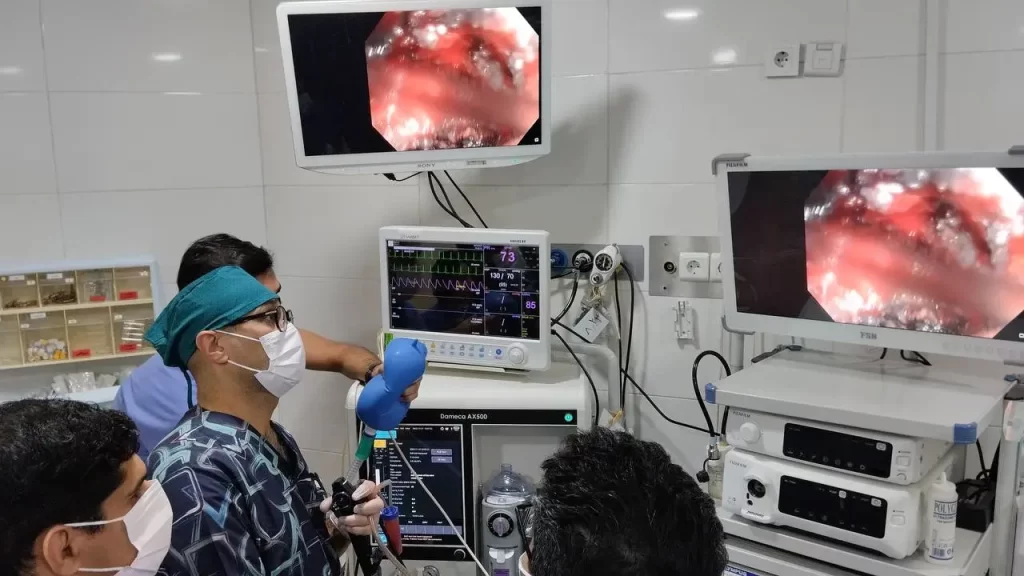
What does long covid mean?
The condition known as long COVID is characterized by the presence of persistent symptoms in the body three months after the first infection with COVID disease. Sometimes, these adverse effects are so severe that they make it impossible for a person to lead a regular life again. The length of the symptoms does not appear to be correlated with their severity over the course of the disease. In fact, long-term issues can arise even in those experiencing a mild form of COVID-19. This is most likely because the body develops an immunological mechanism that causes the natural defense system to disorganize. Different mechanisms may contribute to long COVID-characteristic disorders:
- Direct damage to body organs caused by virus or disease
- Nervous system effects and disorders
- An aberrant immune response that results in a type of autoimmunity in an effort to eradicate the virus, randomly attacking and destroying bodily organs and tissues.
What are the most typical symptoms of long COVID in the lungs?
Fatigue is undoubtedly the most prevalent long symptom of COVID, followed by loss of taste and smell, sleep disturbances, neurological manifestations including anxiety or stress, palpitations, and irregular heartbeats. Brain fog disorder is another commonly reported symptom. Memory and concentration issues, along with persistent sensations of exhaustion, are symptoms of brain fog disorder.
In terms of how this virus affects the respiratory system, it causes lung and respiratory system damage in addition to having symptoms that are universal to all respiratory viruses. Fortunately, in the majority of cases, lung injuries recover with time. Additionally, in the majority of other cases, there are no indications of pneumonia or fibrosis on the CT scan, but the patient still has trouble performing the same daily tasks as before due to problems with physical activity and sports. These functions are greatly enhanced by lung rehabilitation exercises.
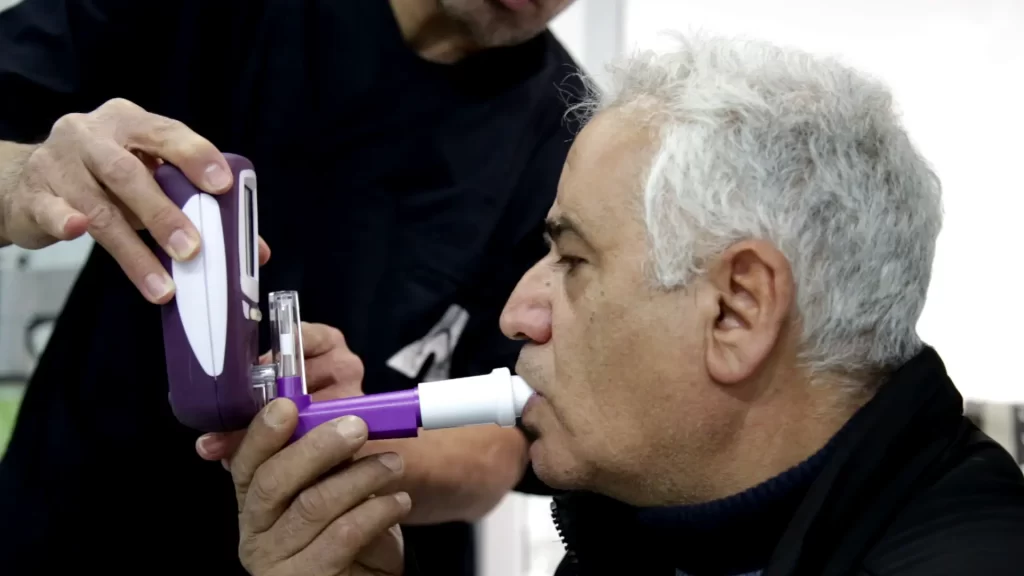
Who has a chance of complete recovery, and who does not?
Clinical improvement frequently does not follow viral eradication, although functional improvement typically happens around 6–۱۲ months following CT scan normalization. We don’t know which patients heal more quickly, and it’s not always related to how serious COVID is. A limited number of people develop chronic pulmonary fibrosis.
How can I identify whether I have long COVID?
The most typical symptoms include tightness in the chest and persistent dyspnea when ascending stairs or walking for an extended period of time. In this situation, it is best to speak with your doctor about whether to conduct screening tests (like spirometry) and a chest CT scan to evaluate if there is chronic pulmonary damage. Despite their symptoms, some patients may, nevertheless, have a normal CT scan.
When should I visit a specialist?
To rule out any pulmonary injury, persistent symptoms like cough and breathing difficulties that are accompanied or unaccompanied by other long COVID symptoms (such as fatigue, muscle pain, or headache) need to be evaluated by a specialist. Additional testing, including respiratory function tests, will be required. If organ damage is confirmed, particular therapies will also be prescribed.
-

problems of patients and the medical community
27 خرداد 1402 -
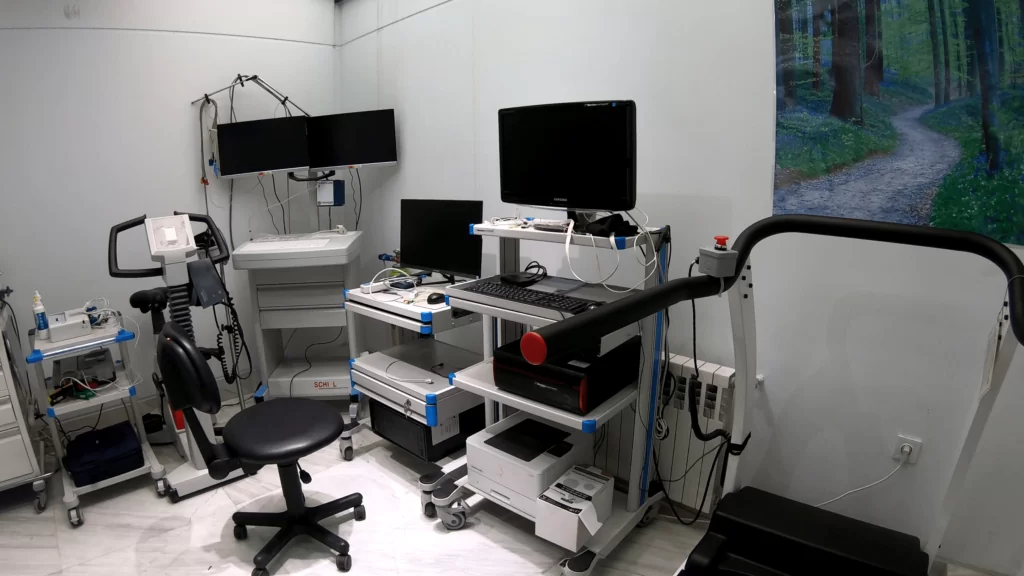
Lung clinic
8 خرداد 1402 -

Long COVID
8 خرداد 1402 -
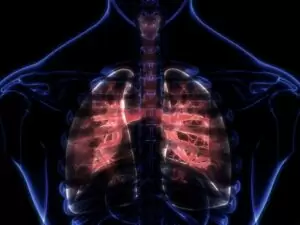
Sarcoidosis Clinic
8 خرداد 1402 -
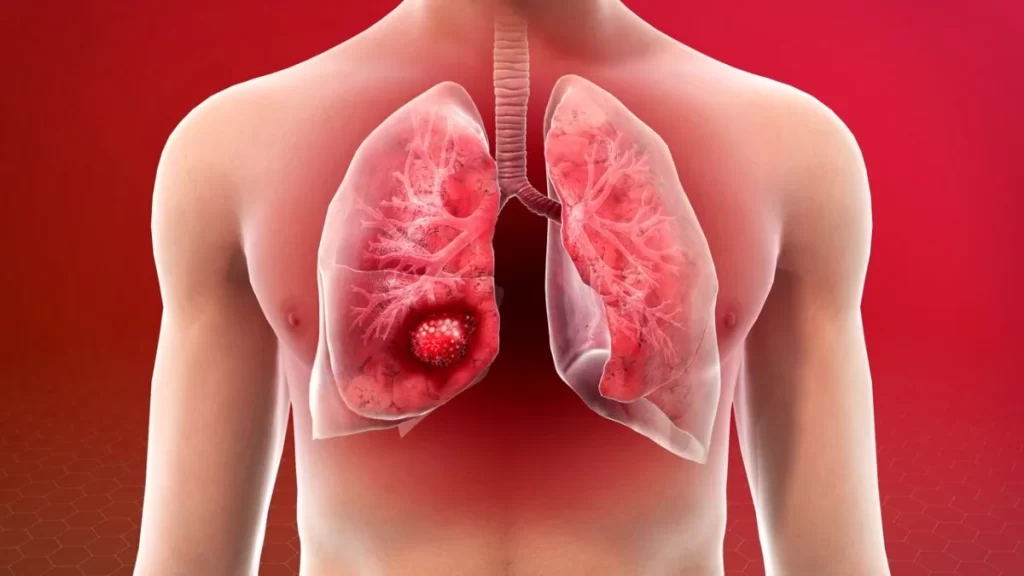
?What is lung cancer, and how is it treated
8 خرداد 1402 -
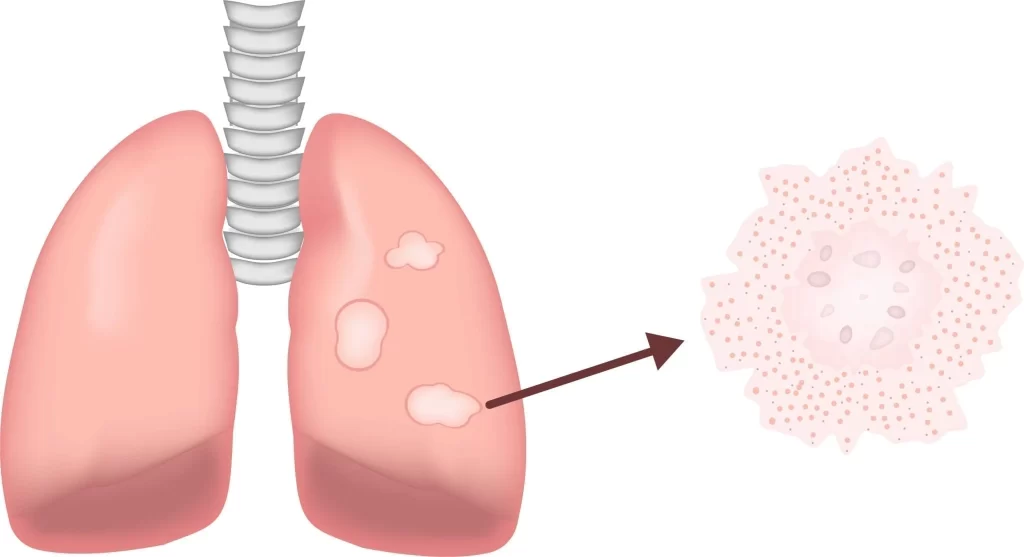
Sarcoidosis and pulmonary fibrosis
8 خرداد 1402 -

What exactly is foreign body aspiration?
8 خرداد 1402 -

How are pulmonary function tests؟
8 خرداد 1402 -
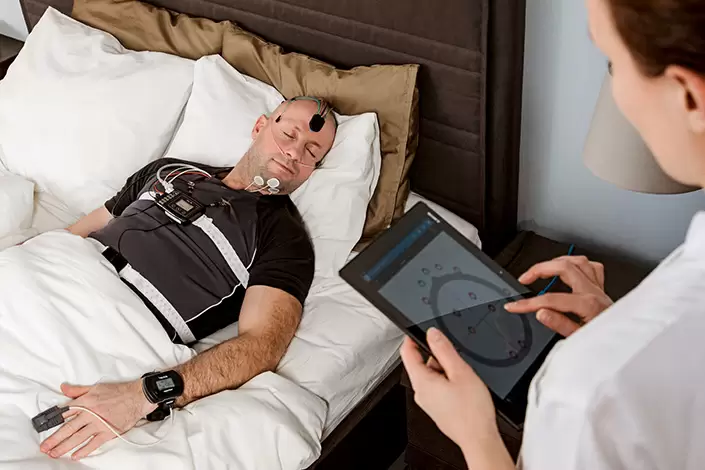
Everything you require to know about the polysomnography
8 خرداد 1402 -

?How is pulmonary rehabilitation carried out
8 خرداد 1402





